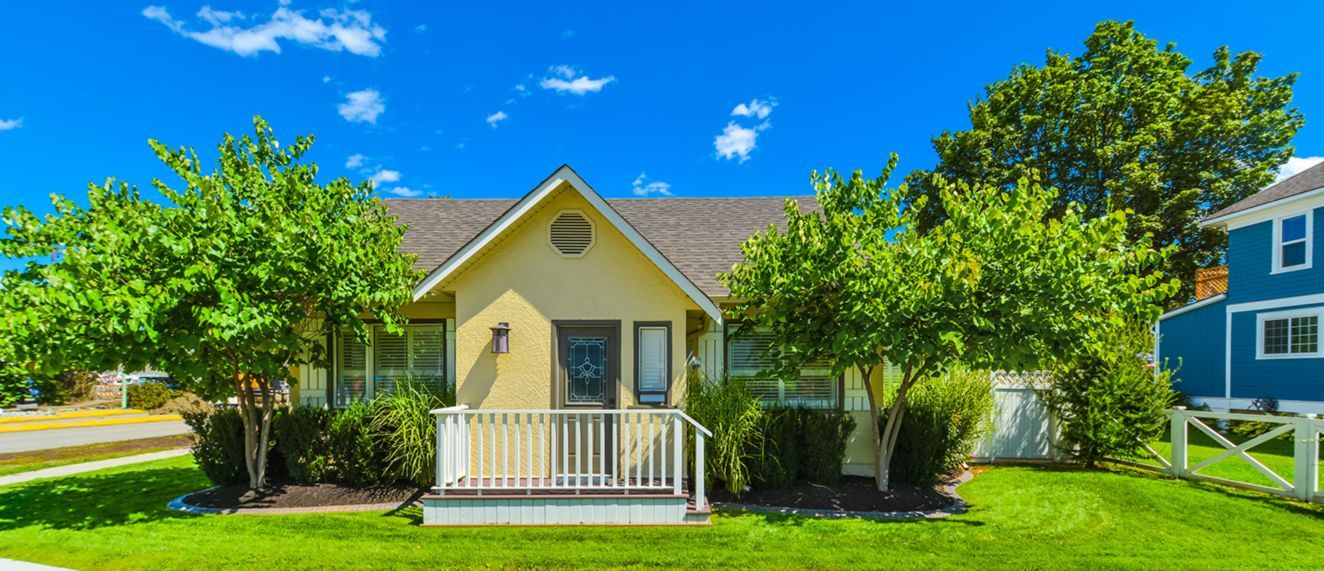Housing Markets in Canada Have Turned a Corner
CREA Releases its National Housing Statistics for the Month of April 2023

We have been seeing green shoots since February, but coming out of the Easter weekend, which often waves the green flag for the busy second quarter spring market, activity took off.
But over and above the time of year, I think many buyers jumping off the sidelines all at the same time had more to do with two key recent milestones:
- A consensus among the public that the Bank of Canada was done with rate hikes; and
- Home prices hitting a bottom, per the release of MLS® Home Price Index (HPI) data by CREA in mid-April.
Housing markets like having certainty and we suddenly have a lot more of that now than we did even just a couple of months ago.
As far as urgency to jump back into the market goes, when people realize prices haven’t just stabilized but are once again heading up, they’ll recognize that February and March were the dip—the best they were going to do. It will only get more expensive from here.
We all knew the demand was always there, which is why a recovery in 2023 had been baked into our forecasting since last year. The only real question has been around timing.
If prices had bottomed in June or July as opposed to March, a lot of buyers would have continued to sit on the fence through the critical spring market. This would have made 2023 seem like more of a dud year—a stealth rebound like we saw in 2019. Instead, it’s looking like the 2023 Canadian housing story will likely be a lot more “in your face.”
Given the housing situation in Canada, this may be a recovery for the wealth (on paper) of existing homeowners but, for many others it represents the worsening, once again, of a massive housing crisis.
As a result, the next few months of housing data are likely to be eyebrow-raising and headline-grabbing. Let’s hope the return of big housing numbers re-ignites policymakers to do something concrete about getting more supply built across the continuum.
A few headline numbers
National home sales jumped 11.3% in April compared to March, which is a really big increase. Double-digit month-over-month sales gains are rare. In the last couple of decades, we’ve only seen these types of month-over-month gains coming out of the financial crisis and the initial months of the COVID-19 pandemic.
On top of that, consider most of that monthly strength was just in the final two-and-a-half weeks of April. If this keeps up throughout the entire month of May, we’ll have another big gain to report.
The issue remains that overall inventories are still historically low and are once again falling. New listings are running at 20-year lows.
It was always clear that if buyers were going to jump back into a market that was still quite undersupplied, prices would react accordingly, and that’s what happened in April.
The national MLS® HPI was up 1.6% on a month-over-month basis in April 2023, and that was on top of an upwardly revised 0.6% gain in March. Those may not sound like big numbers but for a single month they are.
If you look at it another way, that 1.6% gain in April was $10,000 on the national benchmark price of around $725,000. It’s not COVID-19-level growth, but there isn’t much else in history that’s stronger either.
This trend was very broad-based. A monthly increase in prices from March to April was observed in the majority of local markets.
As I said to a fellow housing analyst when these numbers started to roll in on the first of May, “Here we go again!”
Learn more on creastats.ca.
Source: By Housing Markets in Canada Have Turned a Corner - CREA


